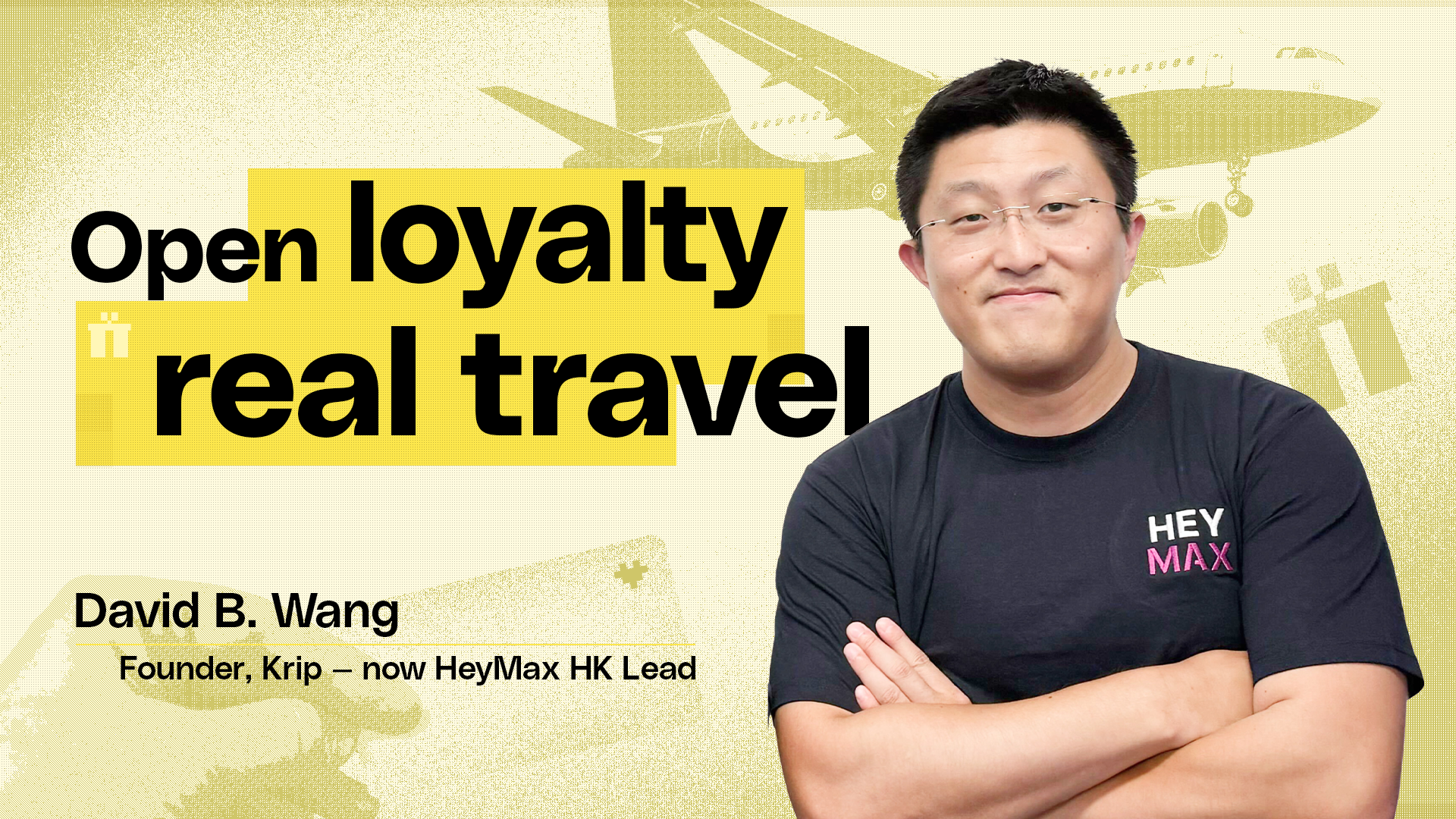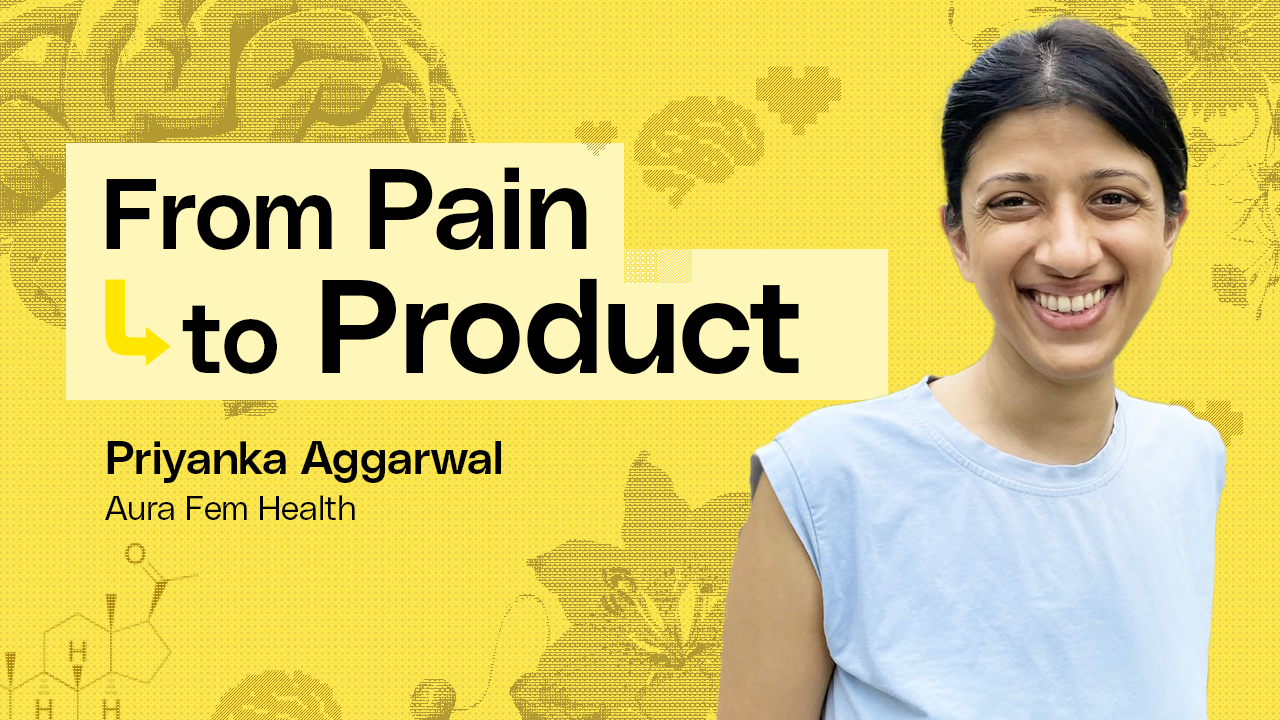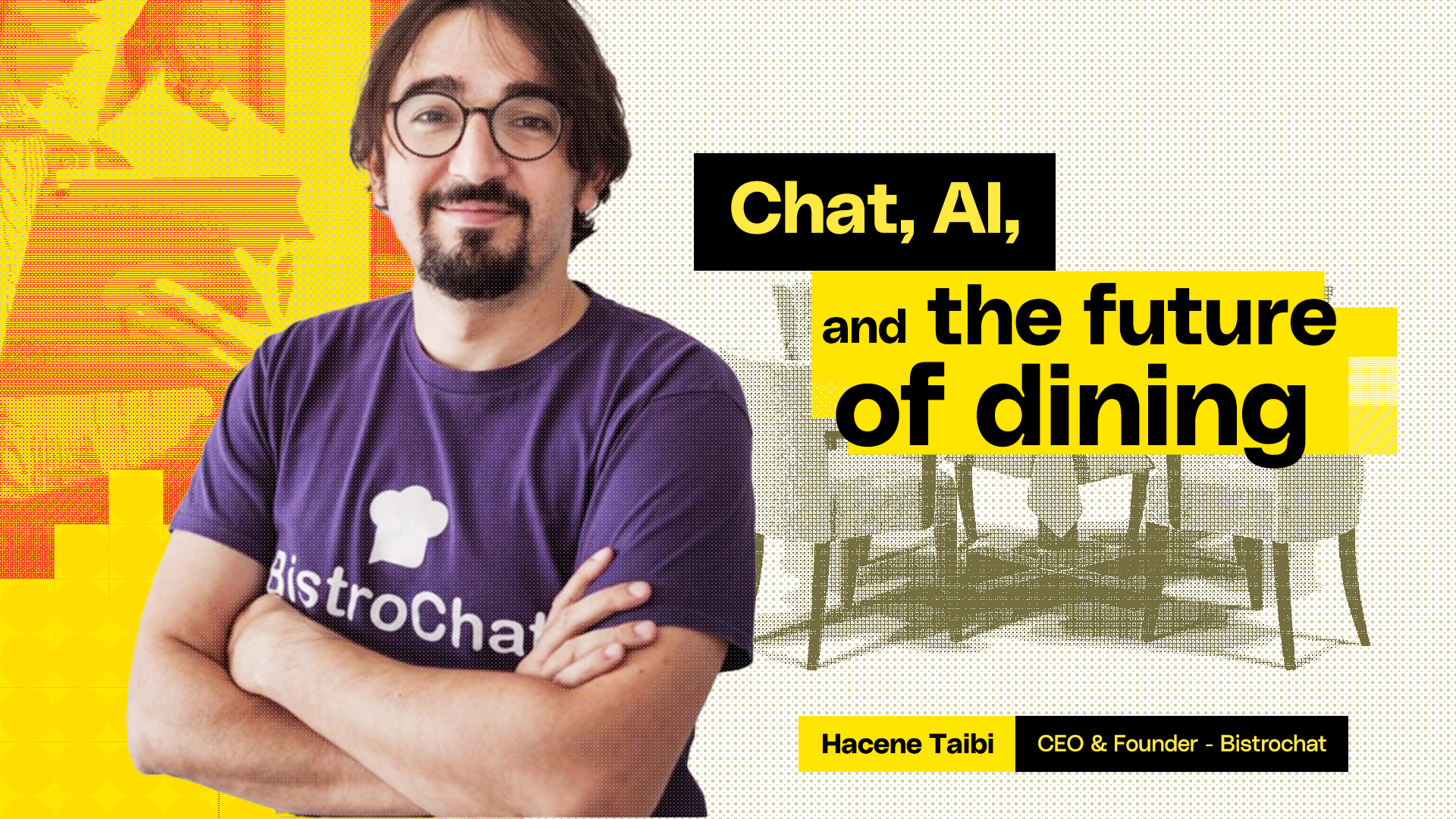

When you were studying biology, how did art change your relationship with learning science?
I was introduced to both art and science early enough to grow sensitive to partnerships between the two. And, contrary to what one might expect, art is present in many forms in science. Diagrams, book covers, presentations. All formats that rely on imagery and that I was introduced to when I started studying. They immediately got under my radar.
But it was not until I was encouraged by a teacher to draw in class that I realised the potential of this partnership – and that lies in visual learning. I learned cell anatomy by drawing old preserved tissues as seen through the microscope. This gave me an understanding of the subjects that was quite unique. Something I don’t think I would have achieved with other methods.
What started as an intuitive attraction to beautiful figures in textbooks, slowly turned into a way to study and pay attention to details. Art became an intrinsic part of learning for me. And it still does to this day.

{{big-quote}}
What are the most important questions you ask yourself when you approach new work?
Approaching new work is often split in different moments for me.
On most occasions, the first moment will be a brief, via phone or email, which introduces me to an idea or project. But initial briefs are not always complete or clear. So it’s important to start from asking questions to understand what the project is about and gather as much information as possible.
Once that is solid, the second moment is to ask myself if the project interests me. And this question can apply to the project’s topic, communication format, target audience or even professional ethics. It all boils down to understanding what positive differences a project can bring into my career. The clearer my strategy, the easier it is to answer this question. And so is the choice of taking on a job or not.
Decisions made, I usually move to a third moment: sketching ideas. This implies that I’m already invested in the project, contrary to the previous moments, and is where the approach actually takes shape. Most of the questions I ask myself focus on visual communication and how I can leverage technique to achieve a visual goal. Is the concept clear? Is it too immediate or too encrypted? How does it align with the story being communicated? Does it work with the text or against it? Does it imply previous knowledge about the topic and, if so, is this adequate for the audience we are trying to reach? How can I compose and organise the elements in space to better convey the message? What emotions does a certain composition or colour choice trigger? Can the image spark curiosity?
How do you want people to interpret your artwork, and what emotional response do you hope they get out of it?
The emotional tone and interpretation of each project is usually dictated by its communication goal. My role as an illustrator is to find the best visual solution to achieve that goal.
Not all projects require an emotional approach. Some projects just want to make sense of complex information. In such cases, the audience’s personal interpretation is not the priority, but rather ensuring comprehension. Other projects specifically make use of emotion to create connections. Sometimes this goal is already decided upfront, in the briefing, other times it’s left to the illustrator to explore.
One goal I like to focus on when producing a piece is that of sparking curiosity about a scientific topic. And I think this is universal across the science communication field. We work to deliver stories that engage people. Stories that excite them, that trigger a sense of wonder about a certain topic. In the short term, we hope people will read or listen until the end. In the long-term, we hope they return to their daily lives and continue looking for knowledge about that topic. Art is one of many approaches you can use to achieve this.

Why do you think visualisation is so important in the field of science?
The way we make sense of the world relies a lot on visual stimuli. It’s how we process information and the basis of how we make decisions. This puts visuals in a foundational position in what comes to acquiring knowledge. And this is true for science, but also for other areas.
Visuals can change the way we first approach a scientific topic. A good illustration for instance can make us pause nowadays information traffic and get us to look in a new direction. If designed with purpose, visuals can be attention grabbers.
But they can do much more than functioning as a hook. Visuals can help us process scientific information faster, summarising the key points of what we are communicating. They can make daunting and complex science topics easier to grasp, facilitating how we retain information. They can unveil the invisible in science, showing us information that is not apparent to the naked eye or just through direct photographs.
Visuals can also tell science stories. When paired with text or data, for example, they create space for narrative and long-lasting engagement. This provides an accessible and exploratory component to the information that I think is crucial for effective learning.
Is there anything that you see scientists or other designers do when communicating science that frustrates you? If so, what would you like to tell these people?
One tendency I see gaining ground is how we focus on quantity over quality. This is a difficult battle and I’ve felt its pressure myself. The digital world we are building is a minefield. Pressure to produce fast, frequent and cheap hits you from every direction. Information is made to be delivered in extremely short-lived formats, with images deserving only a few seconds on a small screen. As a result, we increasingly normalise and spread the rushed, easy, superficial stories. And this hinders how deeply we explore and connect with knowledge as a society.
Another aspect I believe it’s important to re-think is how we value creative work. We tend to undervalue the effort and the time it takes for a skill to solidify and for new ideas to materialise into something meaningful. The thought of creative work as a hobby is still dominant in many people’s minds and often will give room for problematic professional ethics to thrive around creative jobs. When we accept to work in unfair conditions, we fall into a trap. And we push everyone else that does what we do with us. I think it’s crucial that we learn to cultivate a transparent collective mindset to ensure that there is a sustainable future for highly-skilled creative people.
Fortunately, some people manage to protect themselves from these storms and excel in delivering thorough work that is fairly valued. I believe it’s their work we should strive to support and get inspired from. They have certainly inspired me.
See more of Joana's work on her website.
Don’t miss out
Don’t miss out!








